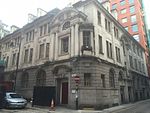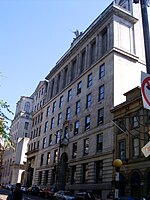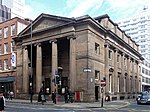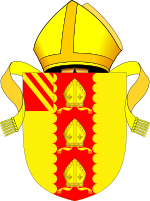Spring Gardens, Manchester
Greater Manchester stubsShopping streets in ManchesterStreets in ManchesterTourist attractions in ManchesterUse British English from December 2016

Spring Gardens is an important thoroughfare in Manchester city centre. This L-shaped street, formerly the centre of the north-west banking industry, has five Grade II listed buildings and is part of the Upper King Street conservation area.
Excerpt from the Wikipedia article Spring Gardens, Manchester (License: CC BY-SA 3.0, Authors, Images).Spring Gardens, Manchester
York Street, Manchester City Centre
Geographical coordinates (GPS) Address Nearby Places Show on map
Geographical coordinates (GPS)
| Latitude | Longitude |
|---|---|
| N 53.4811 ° | E -2.2414 ° |
Address
York Street 3
M2 2AW Manchester, City Centre
England, United Kingdom
Open on Google Maps











